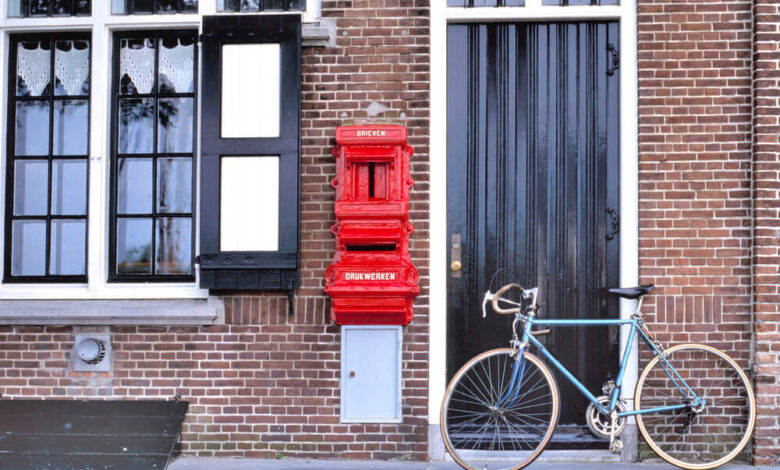
Amsterdam zip codes explained: how the Netherlands organizes its capital
The Netherlands uses a unique four-digit, two-letter postal code system that precisely maps regions, neighborhoods and streets, aiding in efficient mail delivery and administrative organization. Each postal code represents a specific part of a city or town, from bustling urban centers like Amsterdam to quaint rural areas. In this article we’ll explore Amsterdam’s zip code system, showing how these codes reveal the city’s diverse neighborhoods, from historic canals to modern suburbs and make navigating the city a seamless experience.
Understanding Amsterdam’s zip code system
Amsterdam, as the vibrant capital of the Netherlands, uses a systematic zip code (postal code) structure that helps organize mail delivery across its neighborhoods. The city’s zip codes begin with the digits “1011” and end with “1109,” covering areas from the historic canal belt to modern suburbs. This article provides insights into the structure and usage of Amsterdam’s zip code system.
Overview of Amsterdam’s zip code structure
The Netherlands uses a four-digit, two-letter postal code system, where each zip code identifies a specific area. In Amsterdam:
- The first two digits (10) indicate the broader Amsterdam area.
- The third and fourth digits help narrow down to a smaller area or neighborhood within Amsterdam.
- The two-letter suffix adds further precision, often pinpointing specific streets or blocks.
For instance, the postal code 1012 AB corresponds to a specific part of Amsterdam’s city center.
Key areas and zip code examples in Amsterdam
Amsterdam’s zip code system not only helps organize mail but also provides a glimpse into the city’s distinct neighborhoods. Each area, marked by its unique postal code range, reveals a slice of Amsterdam’s character, from historic districts and cultural hubs to emerging neighborhoods. Below are some key areas in Amsterdam, along with examples of their specific zip codes, to help you navigate the city’s diverse landscape.
Historic Canal Belt (Grachtengordel):
- Postal codes starting with 1011 to 1017 cover Amsterdam’s famous canals (e.g., Prinsengracht, Herengracht).
- Example: 1015 CX – a street within the Jordaan district, known for its cafes, art galleries and historic homes.
Amsterdam Noord:
- Postal codes here typically start with 1021 to 1037.
- Example: 1031 KP – an area near the bustling NDSM Wharf, a popular spot for festivals, art events and food markets.
Amsterdam Zuid:
- Postal codes ranging from 1071 to 1079 cover neighborhoods like Oud-Zuid, including the Museum District.
- Example: 1071 DJ – near Museumplein, home to the Van Gogh Museum, Rijksmuseum and Concertgebouw.
Amsterdam West:
- Postal codes 1051 to 1059 mark districts like De Baarsjes and Oud-West.
- Example: 1053 PA – a lively part of Oud-West with trendy cafes, shops and the popular Vondelpark nearby.
Bijlmermeer and Amsterdam Zuidoost:
- Postal codes here range from 1101 to 1109, covering neighborhoods in Amsterdam’s southeast.
- Example: 1102 AC – an area near the Amsterdam ArenA and Heineken Music Hall, both hotspots for concerts and football matches.
Interesting facts about Amsterdam’s zip codes
- 1012 covers De Wallen (the Red-Light District), illustrating Amsterdam’s variety within even small areas.
- Newer suburbs developed in Amsterdam’s Zuidoost region, like Bijlmermeer, were assigned a distinctive zip code series in the 1100 range, a contrast to the traditional 1010 to 1090 zones.
How Amsterdam’s zip codes serve residents and businesses
The system not only supports efficient mail delivery but also reflects Amsterdam’s diverse urban fabric. Zip codes also aid in administrative tasks, city planning and statistical analysis, offering a convenient way to define and manage different parts of the city.